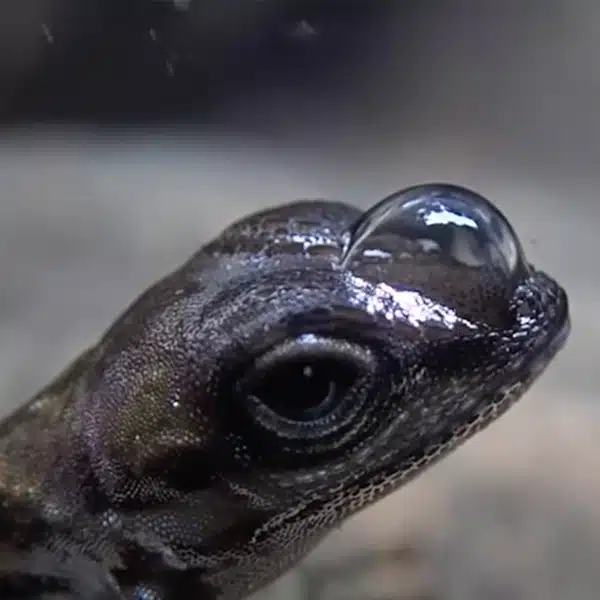
Photo: Stock Photos from Dragana Gordic/Shutterstock
As people around the world adjust to wearing face masks, particularly in countries like the United States where it wasn't common practice, some questions have popped up regarding their safety. So perhaps it's time to learn a bit more about how face masks actually work.
As different memes and Facebook posts claiming that face masks can reduce your oxygen intake and increase your inhalation of carbon dioxide circulate, it's worth clearing up misconceptions. It only takes looking at the actual mechanics of a face mask to understand that, even with prolonged use, wearers aren't in any danger.
In fact, neither the CDC nor the World Health Organization has sent out any warnings against the use of face masks. Both recommend face coverings as an effective method to help slow the spread of the coronavirus. The only recommendations against face masks are for children younger than two years old, people who have breathing issues, and people who are unconscious and can't remove their mask.
Otherwise, there are no contraindications for slipping on your mask. For those worried about oxygen levels, there's no need to be afraid. Face masks are made of porous materials—whether they're cloth or surgical masks. This allows air to move freely through the fabric while making it harder for the respiratory droplets responsible for spreading the coronavirus to pass through. This means that wearers can breathe normally and not worry that the barrier causes an increased risk of hypoxia, which is when the oxygen levels in tissue is insufficient.

Photo: Stock Photos from Danilova Janna/Shutterstock
“This misinformation may arise from the feeling of lack of air due to mechanical obstruction depending on the type of mouthpiece we are using. But the feeling of obstruction is because we are not used to using the mouth mask. But as such it will not cause us any kind of hypoxia,” explains Dr. Daniel Pahua Díaz, an academic from the Department of Public Health at the National Autonomous University of Mexico medical school.
But what about carbon dioxide? There's concern that when exhaling into a mask, people are circulating that carbon dioxide back to themselves when they take their next breath. The fear is that this will then lead to hypercapnia, carbon dioxide toxicity. Again, here we must look at the porous material of the face mask. This, coupled with the fact that the general public is not wearing face masks for hours on end, makes the chances of this occurring very unlikely.
“The CO2 will slowly build up in the mask over time,” the CDC told Reuters. “However, the level of CO2 likely to build up in the mask is mostly tolerable to people exposed to it … It is unlikely that wearing a mask will cause hypercapnia.”
While the CDC concedes that N95 respirators, which are recommended for use by healthcare professionals, can have a buildup of CO2, wearers just need to take off the mask for it to dissipate. And again, as the buildup is very slow, it's highly unlikely that this would be an issue for people using face masks on shopping runs or to meet up with friends.
It's also worth noting that in some countries, specifically Japan and China, face masks have been the norm long before the coronavirus. So just because it's new to some, doesn't mean that it's dangerous. Quite to the contrary, the benefits greatly outweigh any potential negatives.
h/t: [Mental Floss, USA Today]
Related Articles:
15 Cloth Face Masks to Colorfully Comply With the CDC’s Guidelines
3 Ways to Make Your Own CDC-Approved Protective Face Covering at Home
15 Online Shops Selling Reusable Face Masks That Comply With CDC Guidelines
You Can Get a Custom Mask of Your Own Face So It Looks Like You’re Not Wearing One






















































































